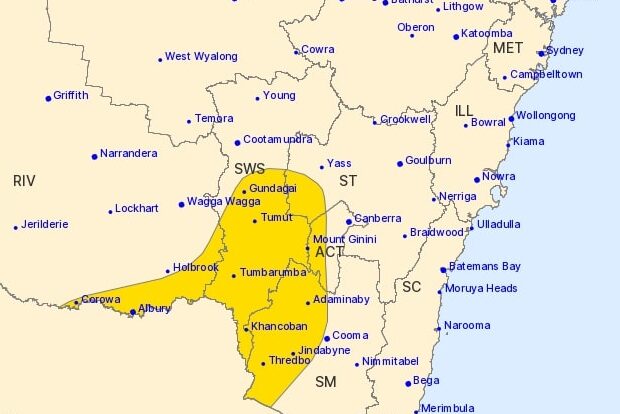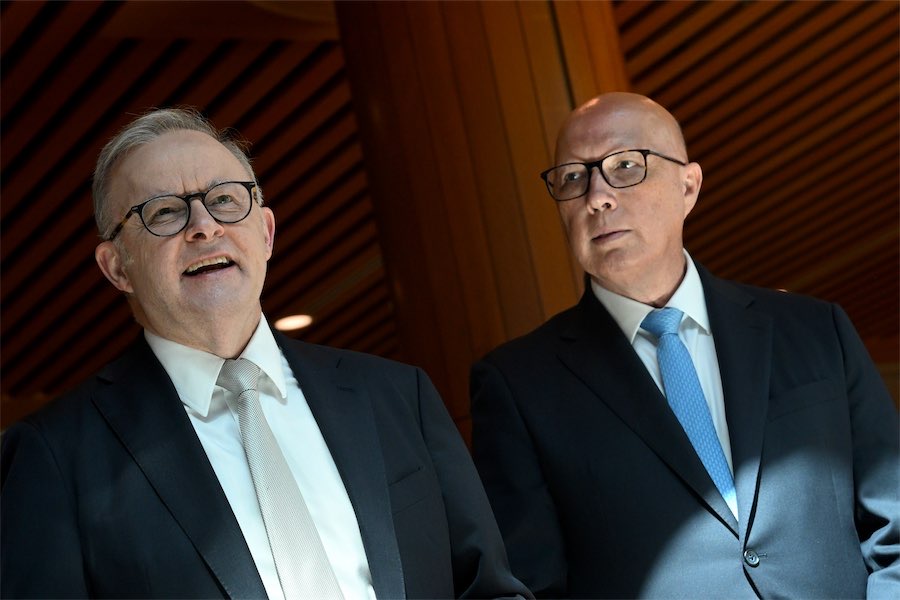WHEN citynews.com.au reported last week that prominent Canberra glass artist Mel George had won the National Institute of Dramatic Art’s Indigenous Fellowship for Cultural Leadership, the story swept around Facebook that she had received the full $300,000 grant from the Luminis Foundation.

“Not so,” the astonished artist responded when “CityNews” spoke to her by phone as she emerged from an intensive class at NIDA. For exactly as we reported, in addition to the fellowship the grant also supports the Luminis Foundation Director’s Studio, a black-box teaching space for NIDA’s MFA students in directing.
Naturally, George is thrilled to have the scholarship, which pays 50 per cent of her fees, but it’s not $300,000.
This is the second year the 30-month course in cultural leadership has been running at the institute and getting in wasn’t easy, with both written and face-to-face applications. After hearing about the course from Canberra interdisciplinary artist Yasmin Masri, who was in the initial intake, “I sought out this opportunity,” she says.
It’s a perfect balance of art forms, she enthuses, and all states are represented except Tasmania, with a 50-50 balance between females and a good age range.
“NIDA is very clever,” she tells “CityNews”, “they call us ‘cohorts’…we are a class of 16 and it’s all about collaboration and networking.”
The academic side is done in four, one-week intensive classes that look at governance and boards, also asking questions about culture and leadership – “It’s very visionary,” she says, “but even NIDA have to admit they don’t know where it’s going”.
The chair of the program is Robyn Archer, who facilitated a panel involving Bangarra director Stephen Page and a lawyer speaking on gender issues.
Aside from the four intensive bursts of academic study, the most daunting aspect will be the practical part. George’s scholarship relates to her rediscovery of her Aboriginal heritage so she is planning to move north to work with Yolgnu artists in the NT.
She describes the rediscovery of her Aboriginality as “very complex”. Her paternal grandmother, she has discovered, was taken for her from her mother, then “refound”. In an era when indigenous Australians held few if any rights, she was advised her to sign away her origins.
“I heard rumours but she was unable to speak about it,” George says. After her grandmother’s death her uncle came into possession of documents that the family has been examining.
“It has been a difficult process,” she says. During that time she says, she was warmly supported by members of ITAG, the ACT Indigenous Textile and Glass artists group.
Coming to terms with her background is very hard to do in Canberra, she says. Also, while her ancestry lies in Dieri and Dhirari Country in the Lake Eyre region, as an artist she has been more familiar with the “amazing” weaving and artistry of the Yolgnu people. And so she spent time last year at the Bula’ Bula Arts Centre in Ramingining, Central Arnhem Land, where she hopes to return.
Who can be trusted?
In a world of spin and confusion, there’s never been a more important time to support independent journalism in Canberra.
If you trust our work online and want to enforce the power of independent voices, I invite you to make a small contribution.
Every dollar of support is invested back into our journalism to help keep citynews.com.au strong and free.
Thank you,
Ian Meikle, editor




Leave a Reply